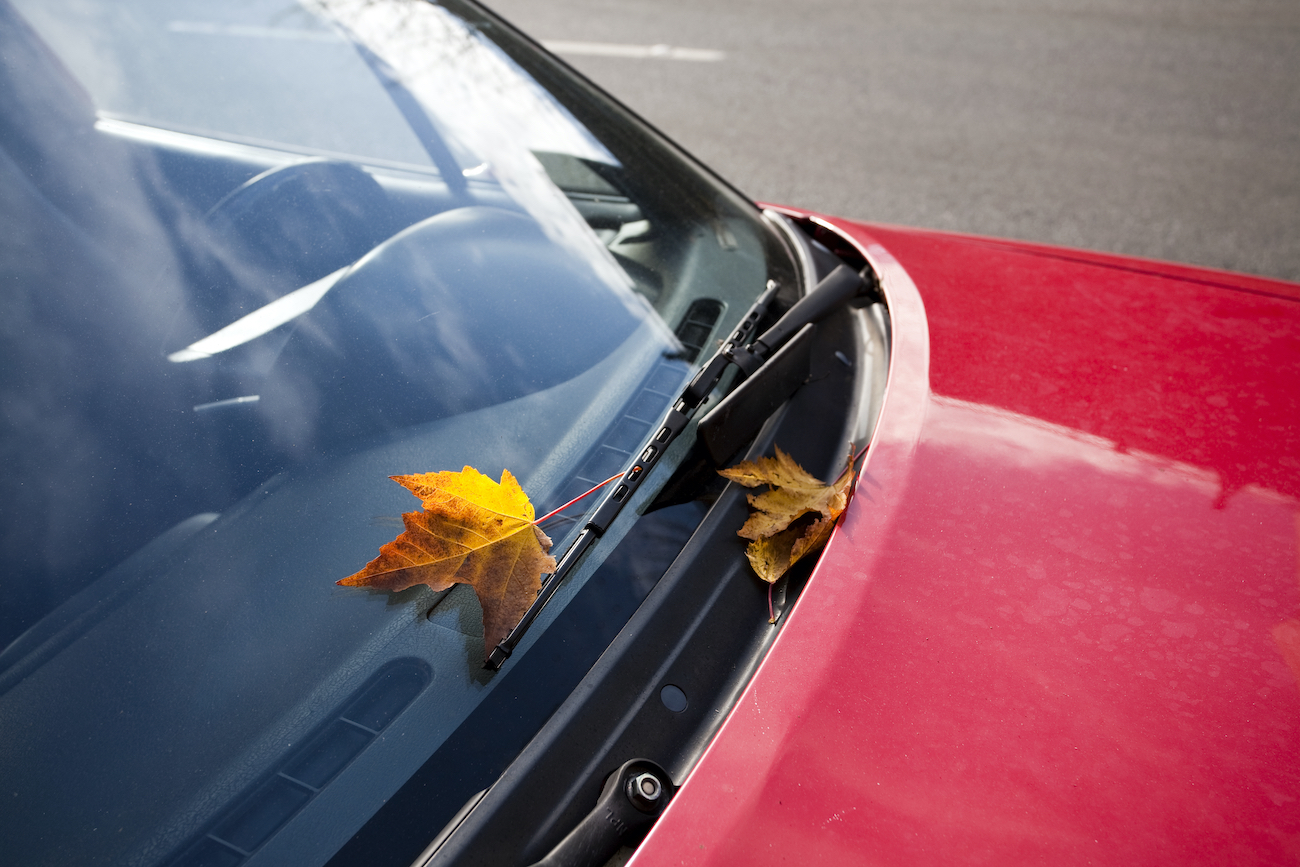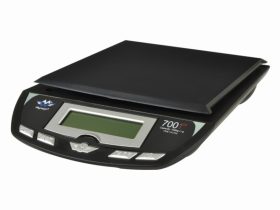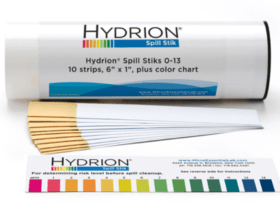Now that November is upon us, it’s time come to terms with the one thing we have all been avoiding to admit: Winter is just around the corner, as good old Ned would say “winter is coming”. The only positive from this is that it is still technically fall. Meaning you still have time to get in a few crucial tasks that will go a long way towards protecting your vehicle until spring.
Even for those of you who live somewhere with a milder fall, the dropping temperatures can expose any problems your car may have. Fall is an excellent time to take care of some of these niggles. For those who can’t do these service tasks themselves (like me), make sure to book a service appointment at your nearest trusted garage as soon as possible, as they tend to get overwhelmed this time of year.
Without further ado, here are 5 annual Fall Car Maintenance Tips to get you through to spring:
1- Tires
Tires provide the only contact between your car and the road. How well your car behaves, accelerates, turns, and stops have a direct correlation to the condition of your tires. It’s relatively easy to check the condition of your tires yourself, and it’s a good habit to always check your tires’ health now and then. A visual inspection of the tire tread will give you some vital information as to how your tire is wearing.
For instance, the uneven tread wears such as the center of the tread being worn, but please note the edges indicate that your tire pressure is incorrect. Unusual wear patterns on the edge of the tire can indicate tires are out of alignment, balance, or a problem with the vehicle’s suspension. Most of us will drive in some sort of wet weather at some point during the coming season and tire maintenance is key to helping you navigate those wintery roads so now is the time to make the switch to Winter Tires.
Fun fact, once the temperature drops below 45-degrees Fahrenheit, an all-season tire’s ability to grip the road decreases significantly. Severe weather presents a completely different set of driving challenges – slush, ice, and hard-packed snow. So you will need to make the switch to winter tires if you live in a part of the country where temperatures drop below 45-degree Fahrenheit consistently.
2- Brakes
Brakes are an integral component of your vehicle safety and extremely important when driving on icy or snow-covered roads. The worst time to find out your brakes need attention is when you need to stop in a hurry. Standing water on the road and driving through puddles of slush increase your stopping distance, this the distance your car needs to come to a complete halt. When your brake pads are worn out and due for replacement, the effectiveness of your brakes will be dramatically reduced, increasing the risk of you being in an accident. Get your brakes inspected, as well as checking if the brake fluid needs changing or topping up this fall.
3- Heater, Defrosters, and Wiper Blades
Make sure your heating, ventilating, and air conditioning system is working properly. In addition to your comfort, this system must be in working order as it helps with the important task of defrosting. Please take a look at your wiper blades as there is nothing worse than a smeared windshield due to a cracked or torn wiper blade. These should be replaced every six months. Also don’t forget to check the fluid level in the windshield washer reservoir.
4- Have Your Battery Checked
As the weather becomes colder, your vehicle requires more energy to start. The cold weather puts a bigger drain on the battery and if you have an old or worn-out battery, it may not provide the adequate voltage your vehicle needs to start. So to make sure your car will be able to start throughout winter, get your battery tested. Get a reputable garage to check your battery for you, and if necessary, replace it. Getting a professional to inspect your battery for any corrosion, loose connector cables, leakage, and overall battery life will give you peace of mind.
5- Check Your Lights
This is a simple task we can all do, by Just walking around your vehicle with your lights turned on. Check the headlights, taillights, parking lights, brake lights, and emergency flashers. If you notice any broken bulbs, simply get them replaced at your dealership. Remember your visibility will be of greater importance during those Fall/Winter storms.
The tips we listed make up a pretty comprehensive car maintenance checklist of components that will be vital to make it through to spring. Reduce the risk of breakdown during winter by having a mechanic give your car a thorough inspection. This can prevent most mechanical issues before they even start.
If you enjoyed this article check out more in our Lifestyle section!














